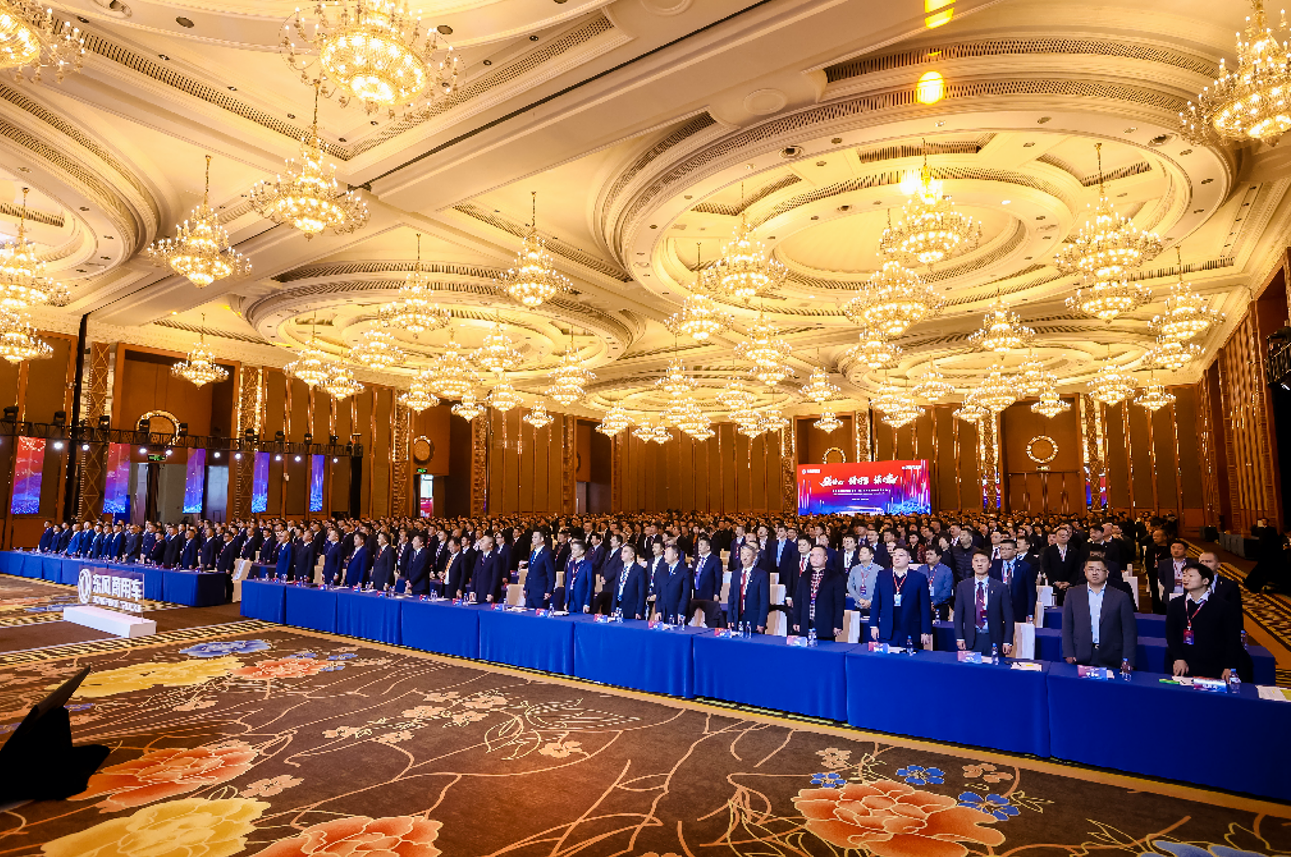Mumbai, Jan. 9 (xinhua finance) -- on the last day of 2019, India's finance minister unveiled a plan to invest 102 trillion rupees in infrastructure.
Finance minister sataraman announced at a press conference on December 31, 2019 that from now until 2024. In fy25, India will invest rs 102 crore in infrastructure.
This rs 102 crore will be mainly invested in the following areas: rs 7.7 crore each in rural irrigation and rs 7.7 crore in rural infrastructure; Road construction will cost rs 19.63 lakh crore and railway construction rs 13.68 lakh crore; 1 trillion rupees will be invested in port construction; 1.43 trillion rupees for airport construction; 16.29 trillion rupees will be invested in urban infrastructure; Construction of communications projects will cost rs. 3.2 trillion; Investment in the energy sector was rs 24.54 lakh crore.
Under the plan announced by finance minister sataraman, the central and state governments will each account for 39 per cent of total investment and the private sector for 22 per cent.
There is no doubt that investing rs 102 lakh crore in infrastructure in five years is an unattainable task for the current Indian government's financial resources. The next question is why?
In the short term, India is building infrastructure aggressively, mainly to hedge against a downturn.
India's economic growth has been stuck in a downward spiral since April 2018. Growth of 8% in June fell all the way to 2019. September's 4.5 per cent growth rate was close to halving. To boost the economy, the government's monetary and fiscal policies are working simultaneously. Since cutting interest rates in February 2019, the reserve bank of India has cut interest rates in five consecutive rounds by 135 basis points. The ministry of finance has implemented four rounds of economic stimulus measures since August 2019, including the establishment of a rs 250 crore housing construction fund, rs 1.45 crore corporate income tax relief and export guarantee policies.
But these policies have done little to boost India's growth. To boost growth, the government will have to think differently.
Infrastructure spending has entered the government's sights partly because of public spending on infrastructure in the past few years of rapid economic growth. In the reality of slowing economic growth, it is convenient to reuse the successful experience of the past. On the other hand, with private investment faltering, India does not have much better to do than expand public investment by the state. The aim of the Indian government is to stimulate the demand side and promote the stabilization and recovery of economic growth by stimulating the rise of private investment through public investment.
In the longer term, the government's increased infrastructure investment serves a broader economic and social goal: to become an outward-looking economy and turn India into a $5tn giant.
India has traditionally been a country driven by domestic consumption. But the development of India in recent years shows that unless India becomes an export-oriented economy, it will not. Made in India ” Can only stay in the slogan phase. Ajit Ranade, chief economist at Aditya Birla Group in mumbai, says focusing on overseas markets is key to creating more jobs. & other; Exports and manufacturing are intertwined. Manufacturing will not expand unless exports grow. Throughout the &;
Further improvements in infrastructure and logistics are essential to India's transition to an export-oriented economy. Finance minister sataraman says India needs to speed up logistics and standardize its exports. Logistics costs $7 per kilometre in India and $2.4 in China. $2.50, $3 in Sri Lanka. India not only has high logistics costs, but also low logistics efficiency. According to the data, India's logistics performance ranking has dropped from 35th in 2016 to 44th in 2018.
At the time of the 2019 election, Indian prime minister narendra modi proposed that In fy25, India will become a country with a GDP of $5 trillion. In the India 2018—19 economic survey, submitted to Indian authorities for consideration in July 2019, the government's chief economic adviser, subramanian, pointed out that to achieve a GDP of $5 trillion by 2025, India's economic growth rate must continue to reach 8% or above in the next few years. Apart from its massive infrastructure, India will hardly be able to achieve sustained 8 per cent growth over the next few years.
For the Indian government, the rs102tn infrastructure investment plan looks pretty radical.
First of all, in terms of investment scale, the investment amount of rs 102 trillion in the next five years is more than that of the last 10 years. 2008 & ndash; In the 10 years to 2017, India invested only $1.1 trillion in infrastructure. Over the next five years, India plans to invest $1.4 trillion in infrastructure.
Second, judging by India's existing infrastructure, the biggest problem facing India is not building but upgrading. & other; India's infrastructure is certainly no match for China's, but it doesn't look backward in the developing world. The basic framework of railway and road construction in India has been completed. Roads have been connected to every village for many years. Electrification of railways is also under way. For India, the most urgent need for infrastructure is further upgrading of existing facilities. Throughout the &; Xu yunxiang, head of China civil engineering corporation LTD., which invests in infrastructure construction in India.
This is also evident from India's infrastructure data in recent years. India's national highway mileage has increased from 92,851 km in 2014 to 122,434 km in 2018. Energy shortages fell from 4.2% in 2014 to 0.7% in 2018; The number of airports reached 102 in 2018.
Finally, India's current fiscal revenues cannot support such a massive infrastructure programme. The finance ministry's main infrastructure spending, outlined in its July 2019 budget report, was 4.56 trillion rupees ($63.2 billion). Under the government's rs102tn infrastructure investment plan for the next five years, the average annual investment would need to be rs20tn, more than four times the current amount. Even more galling is the fact that, with economic growth plummeting and fiscal revenues struggling to meet expectations, it will be difficult for the government to complete even its planned rs4.56tn infrastructure investment this year.
Nitin Gadkari, India's road transport minister, recently acknowledged that the government faces financial constraints on infrastructure spending. One thing is clear: governments face fiscal constraints that make it difficult for any government to invest in all this infrastructure. Throughout the &; Nitin Gadkari says India needs to find a model of infrastructure investment that is profitable for investors, financial institutions or lenders.
Crisil, an Indian rating agency, points out that to sustain growth of more than 7.5 per cent in the next few years, India will spend rs 235 trillion on infrastructure over the next decade, raising its share of GDP from 5 per cent now to 6 per cent. India's states will have to contribute nearly half of investment spending, but many will be overwhelmed by a surge in debt from previous big infrastructure investments.












